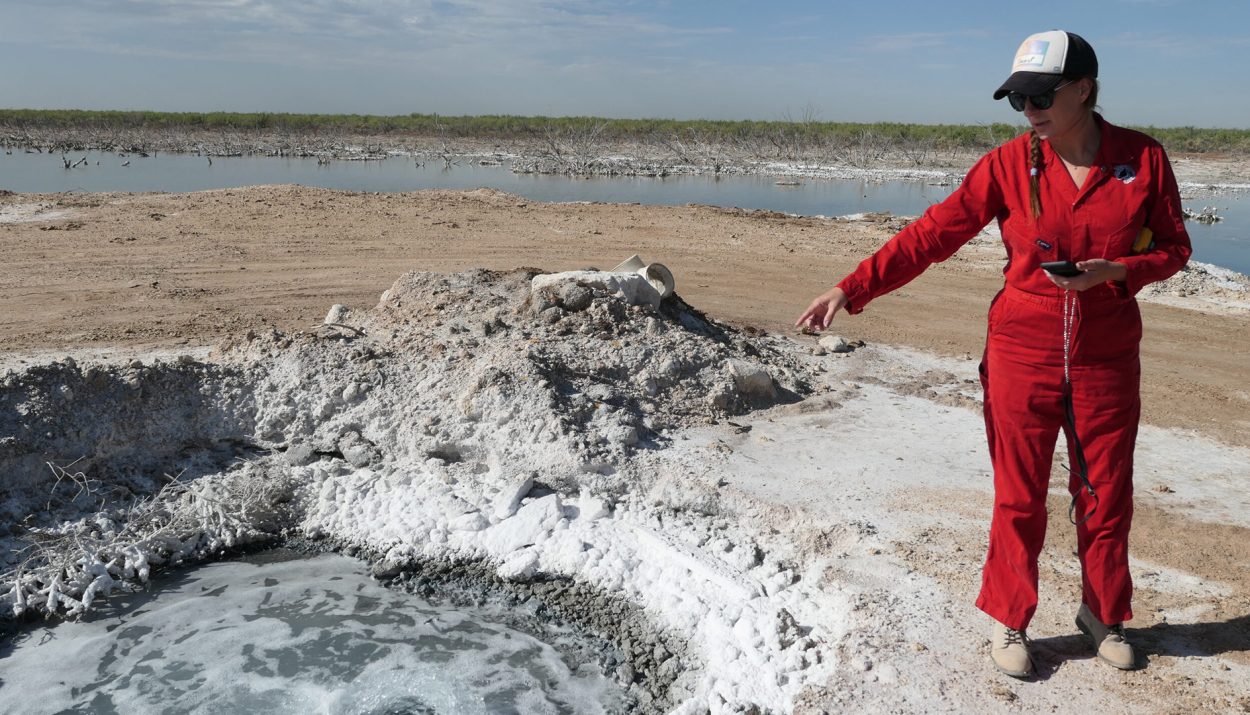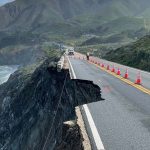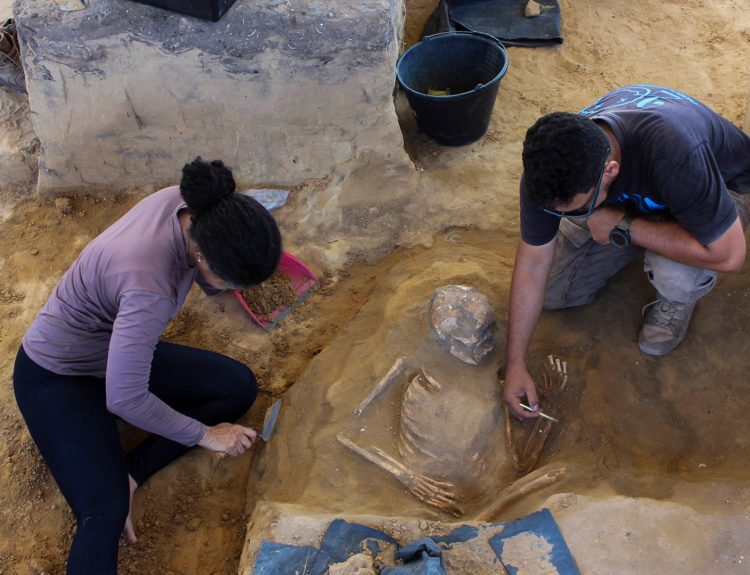There is a potential devastating and disastrous ecological threat looming in West Texas that could destroy vegetation, poison the soil, and turn the water table toxic. That threat comes from abandoned and undocumented oil and gas wells that dot the land.
A recent sudden and catastrophic well blow-out on a rancher’s land in Crane County, which created a man made salt-water lake, has thrust this issue into the light. It has, as we will see, forced the state to address the issue of undocumented wells, who bears the responsibility for blow-outs and geysers, and – more importantly – how to prevent a potentially calamitous man-made ecological disaster.
A Pool of Salt Water
In early December, Crane County cattle rancher Bill Wight noticed water bubbling up from a fissure in his grazing land. The water kept coming. In fact, it poured out of the ground at a rate of 13,860 gallons per hour.
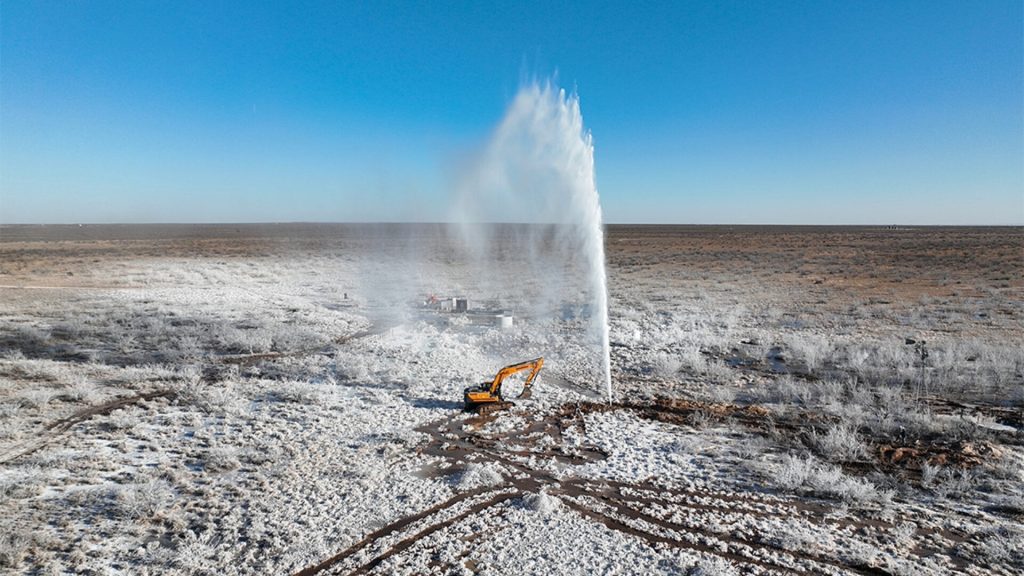
A marshy wetland formed on Wight’s land. Soon, that marsh expanded into a lake. Wight had no idea where the sudden burst of water was coming from, but he realized that it wasn’t typical ground water. It was salt water that contained 154,00 parts per million of chloride.
Identifying Abandoned Wells
The Railroad Commission of Texas, the organization that regulates Texas’s oil and gas industry, determined that the explosion of water came from an abandoned well on Wight’s property that he didn’t even know was there.
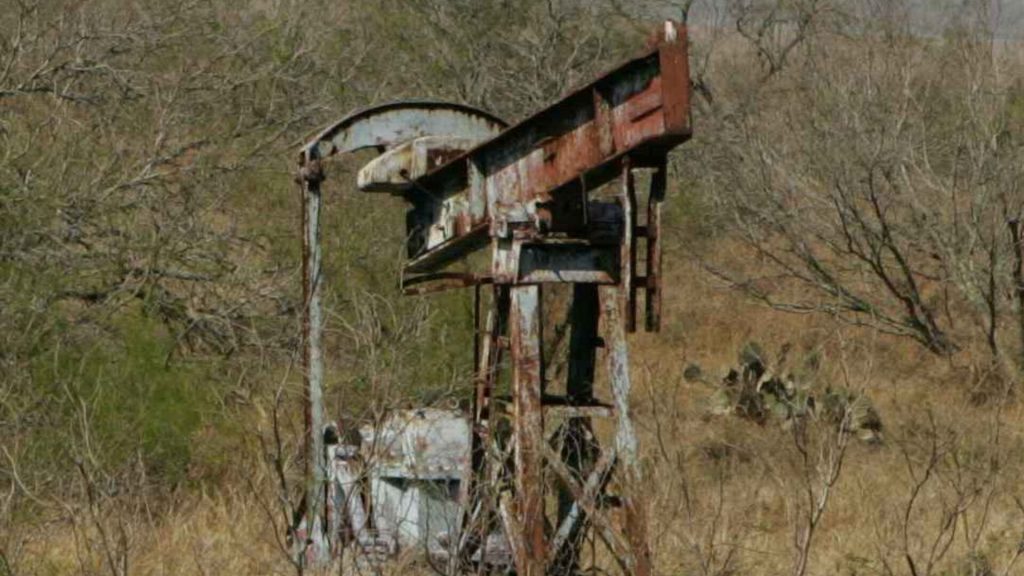
This latest incident is a start reminder that the state of Texas is riddled with wells and boreholes from more than 100 years of oil and gas drilling. While Texas officials are trying to locate and map the thousands of abandoned wells.
Capping and Clean-Up
The Railroad Commission of Texas took more than a week to locate the well that was spouting the water. Identifying the well was the first step. The second step was to cap the well to stop the flood of water.

Lastly, the Railroad Commission of Texas had to coordinate the clean-up effort. They dug 20 containment pits and lined them to prevent seepage. Using vacuum trucks, the commission extracted and removed the toxic water.
Identifying the Source of the Water
The water flooding Wight’s ranch is so salty that it has killed all the vegetation in the surrounding area. But where is the water coming from? Although the exact source of the saltwater impacting the Wight ranch is unknown, there is one possible culprit that immediately comes to mind. Fracking.

Fracking is a process used in the mining industry to extract oil and gas from deep underground that was previously unreachable. A mixture of water, salt, sand, and chemicals is forced underground under high pressure to force trapped gas and oil from the Earth’s crust.
Is Fracking Hazardous to the Environment?
There are concerns that fracking could cause damage to the environment and contaminate the groundwater. The high-pressure liquid can fracture rock, trigger seismic activity, and release greenhouse gasses into the air.
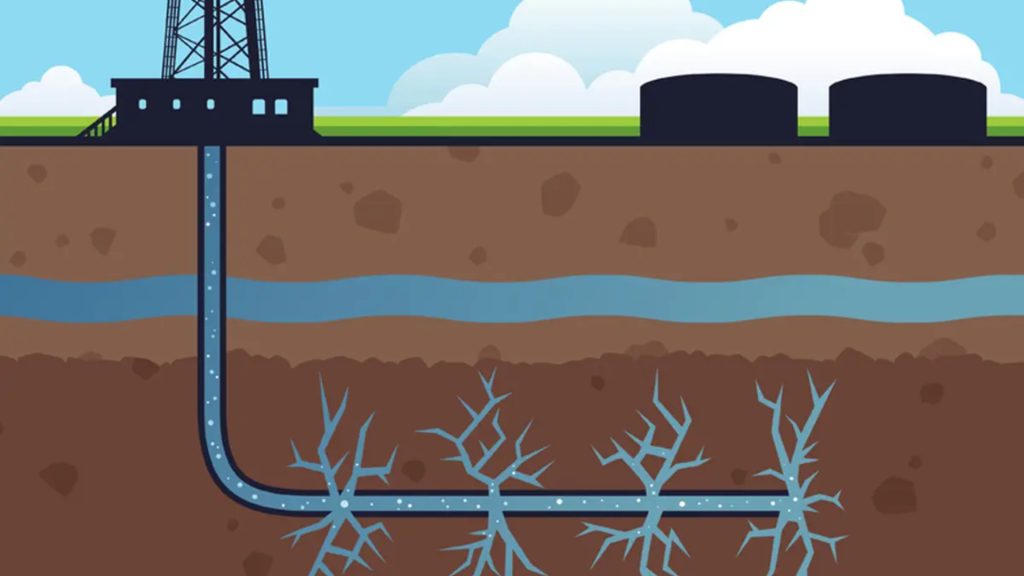
Fracking takes large amounts of water, which can tax local water sources. And then there is the issue of what happens to the water being injected into the ground. Many experts point to this as the most likely source of the salty, toxic water that burst from the abandoned well and onto Wight’s property.
A Growing Problem
According to statistics from the United States Department of Energy, 95% of the new natural gas and oil wells in the U.S. utilize fracking to increase output. More than 60% of natural gas and 50% of oil is retrieved via fracking technology.
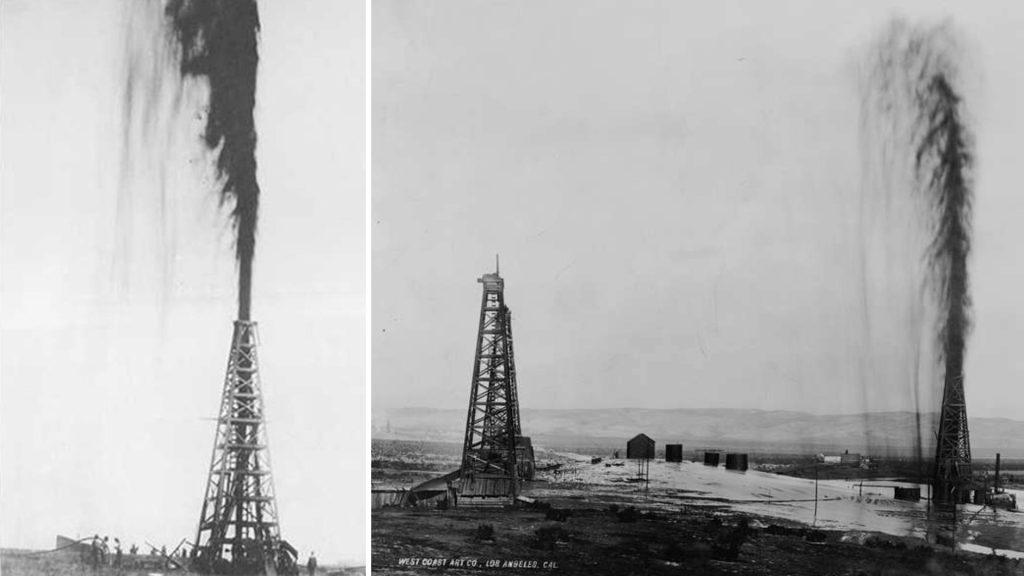
But all that water being forced into the ground has to go somewhere. It is probable that the water travels through cracks and fissures in the bedrock until it finds a path to the surface. Long-forgotten oil and gas wells and boreholes that were never capped can provide this route to the surface.
“Like Being at the Beach”
Sarah Stogner is an attorney in Crane County. As a rancher herself, she has been outspoken against the Railroad Commission of Texas’s handling of the issue. “You could hear the water flowing underneath your feet, and you could see bubbles,” she explained. “It was like being at the beach.”

One area of criticism from Stogner and others is that the Railroad Commission’s response to these environmental events has not been consistent. Cases are presented to the commission’s three-person committee, however the committee has been accused of battling with local landowners, municipalities, and groundwater districts over who is responsible for the cost of capping and cleaning up these messes.
Who Is Responsible?
That is the question. Since the undocumented wells do not appear on maps or in records, no one knows who first drilled the wells. Without a name or company associated with newly identified wells, it is challenging to determine who bears the responsibility for damage caused by them.
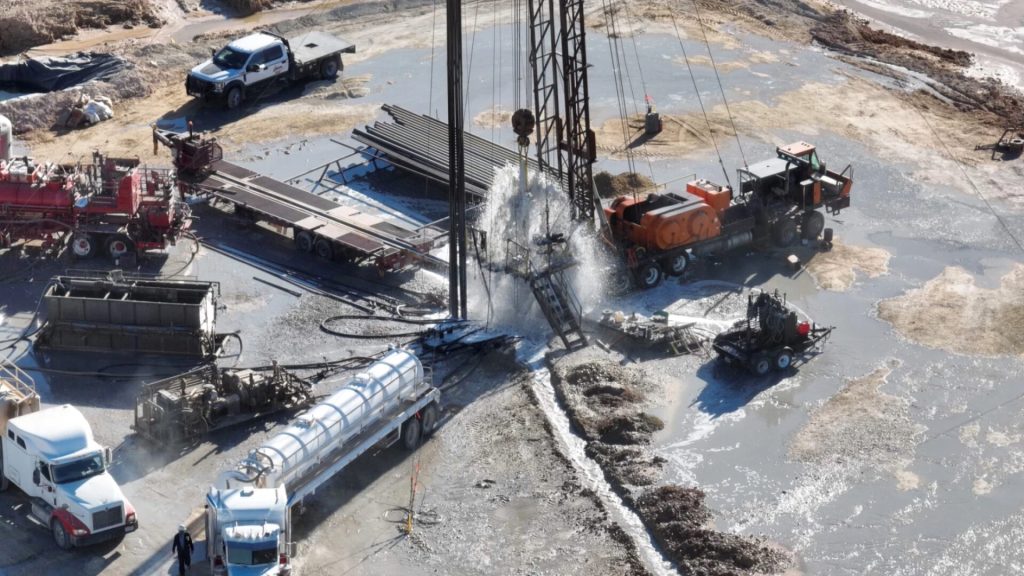
In a press release issued by the Railroad Commission, the organization asserted that “The RRC acted quickly to remediate the water flow in Crane County because the RRC will make every effort possible to protect freshwater in Texas.”
An Expensive Fix
The price tag was quite high to plug the well and remove the contaminated water from the Wight ranch. In all, the incident cost a whopping $2.5 million. Despite this, it may be years before vegetation returns to the land.

As for Wight, he is happy and relieved that he didn’t have to foot the bill for the clean-up efforts. “I’m more concerned about the rest of the area,” he added. It is a valid concern. There could be other undocumented wells on his land that could erupt at any moment.
Who Is Paying the Bill?
According to the Railroad Commission, the $2.5 million allocated to clean up Wight’s ranch was approved because the well seepage posed a threat to groundwater safety in the area. However, some people were frustrated by what they see as inequitable distribution of funds.

Middle Pecos Groundwater Conservation District’s general manager, Ty Edwards, was one of them. He says he has documented leaking abandoned wells, yet the Railroad Commission has not acted on them. As for the Railroad Commission, they maintain that they have no proof the wells were drilled for oil and gas in the first place.
Federal Money
As part of the 2021 Bipartisan Infrastructure Law, Congress allocated $4.7 billion to plug abandoned wells on both public and private lands across the country. In 2022, Texas received another $25 million to pay the cost to plug orphan wells in the state.
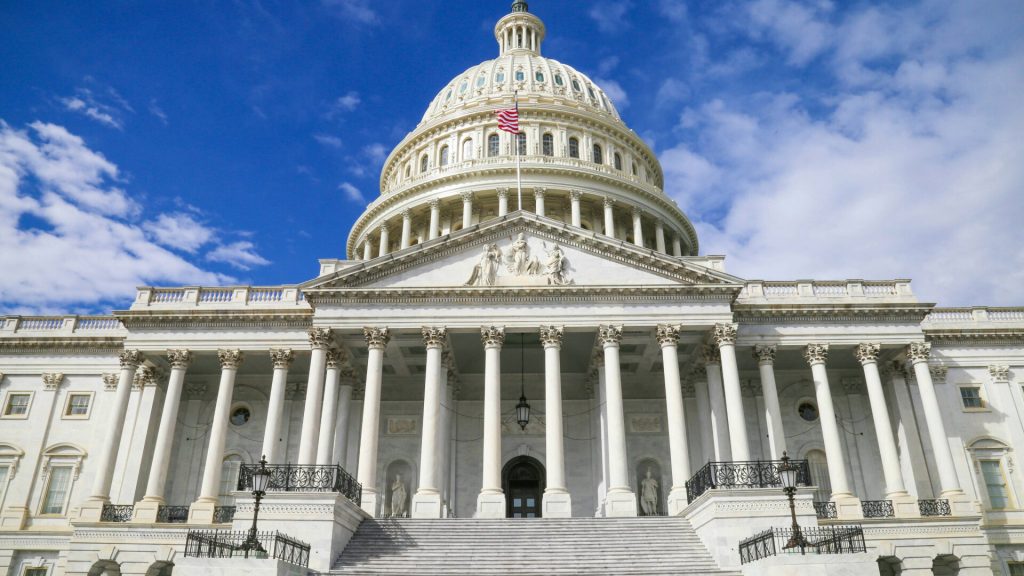
In January of this year, an additional $80 million was given to the Lone Star State. The Railroad Commission is requesting even more money. They are seeking $63 million from Congress for 2024 and 2025.
Putting the Fund to Good Use
The Railroad Commission has used both federal funds and state funds to pay for its efforts to identify and plug orphaned wells in Texas. In 2023 alone, they used state funds to cap 1,754 wells. The federal funds were used to plug an additional 730 wells.
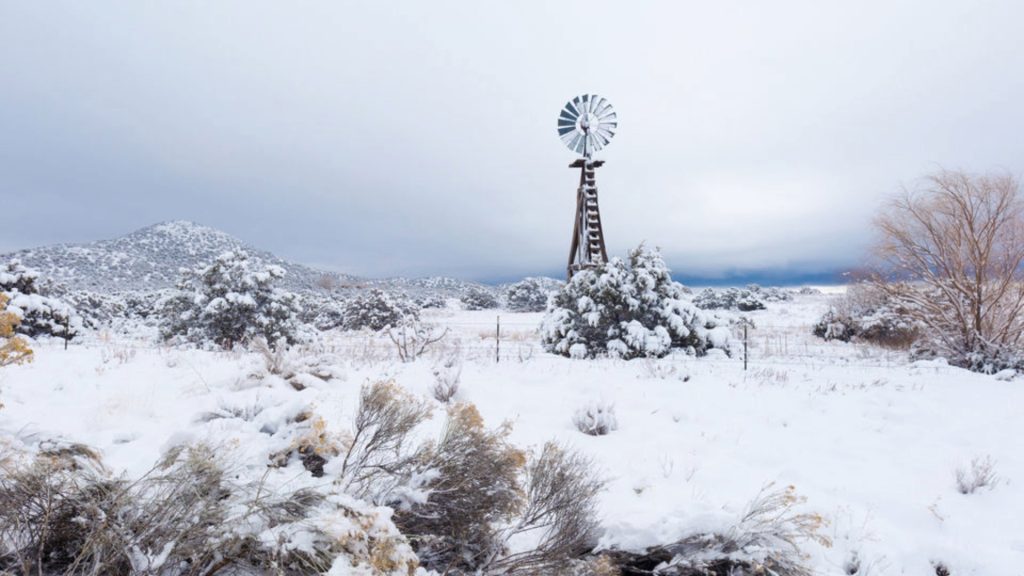
According to a 2011 report by the Ground Water Protection Council, between 1992 and 2008, abandoned, undocumented wells created 30 incidents in which the groundwater in Texas was contaminated.
“A Horrendous, Worst-Case Scenario”
Bill Burch, who recently ran for a seat on the Railroad Commission’s committee but was defeated, stated that “the future of usable groundwater in Texas is at risk due to the salt water disposal issue. That is a horrendous, worst-case scenario, catastrophic-level event.”
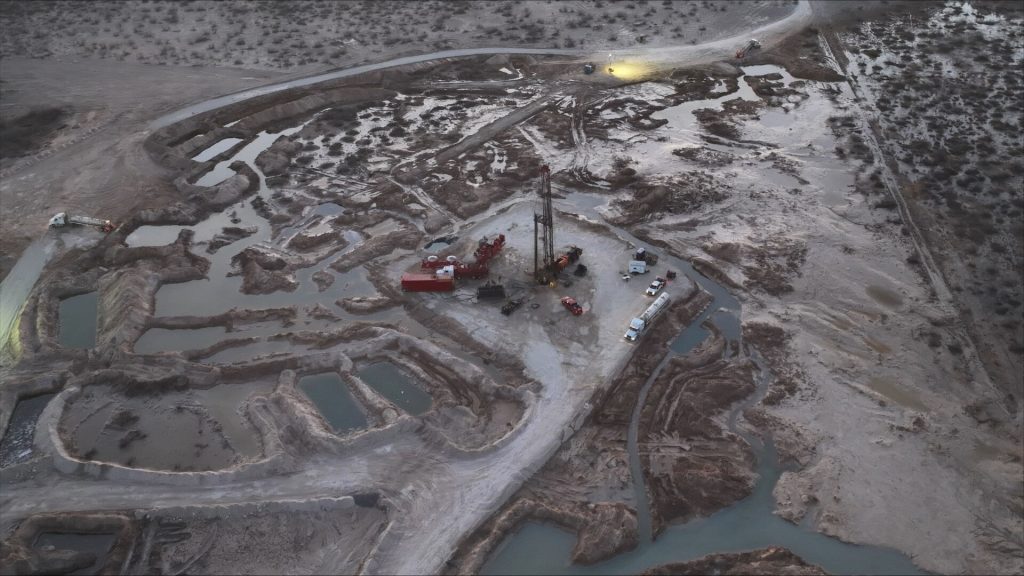
Danny Sorrells, the deputy executive director of the Railroad Commission, noted, “We want to get to the bottom of this and stop it.” Stogner added, “If we don’t stop this now, we are going to have complete and utter ecological devastation anywhere we’ve had historic oil and gas wells.

